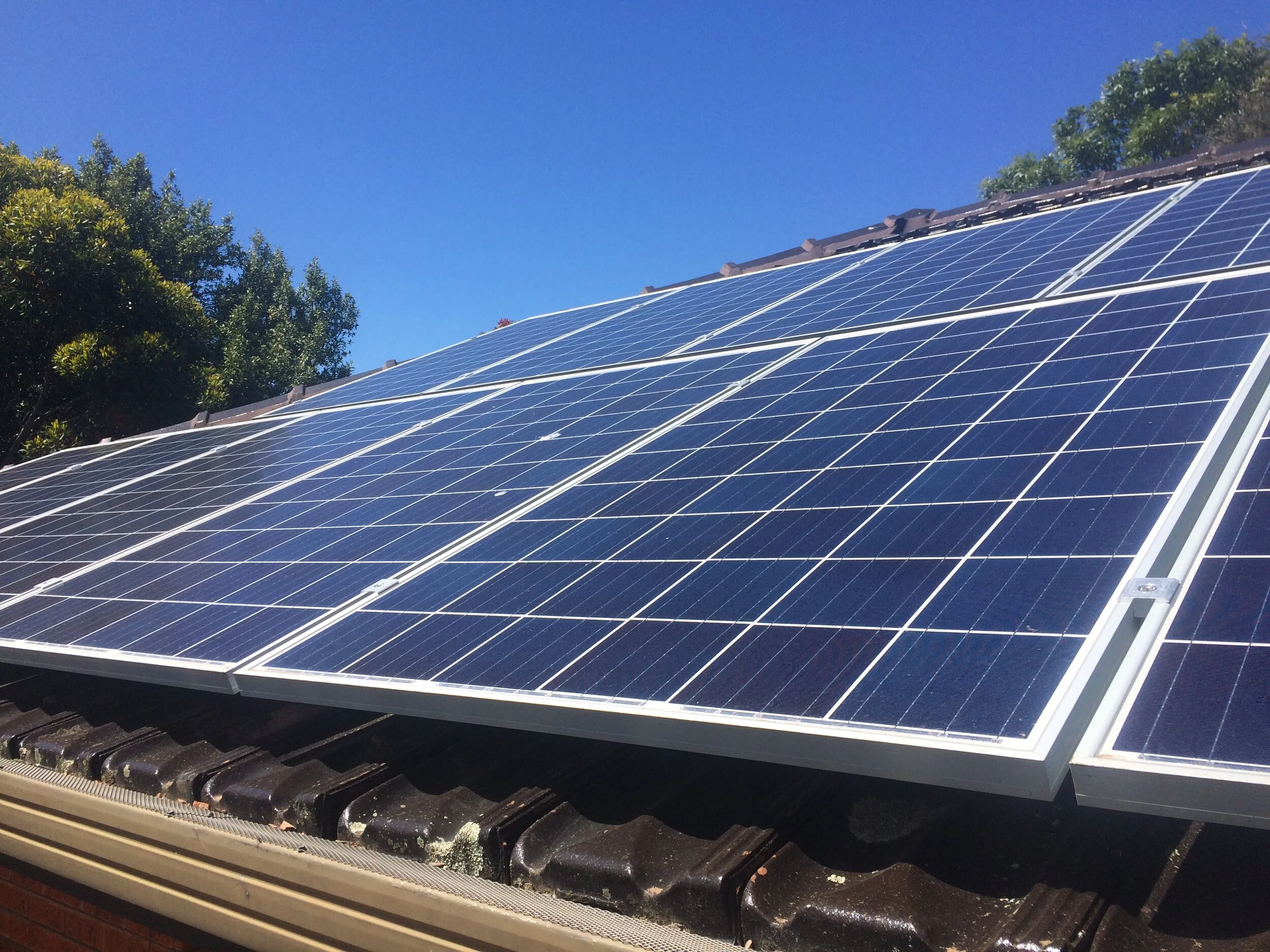Assessing hydrological capacity in pacific island nations: Secretariat of the Pacific Regional Environment Programme
Case Study: Addressing climate impacts with enhanced water resource planning
This case study explores the assessment of hydro capacity in Pacific Island nations, focusing on strategies to improve water resource management and climate resilience. By evaluating the hydrological services and addressing the unique challenges faced by these islands, Wave Consulting provided actionable recommendations for sustainable development and improved water security.
Project type: Hydro Capacity Assessment
Pacific Islands
Key facts
21 countries in the Pacific region
6-stage project approach
The problem
The Pacific countries and territories face significant vulnerability to climate change impacts, including shifts in rainfall patterns, storm surges, and rising sea levels. Water security, flooding, and climate change emerge as prominent concerns in the Pacific region, affecting millions of people every day.
Each island state relies on distinct water sources, which often vary within countries across different islands and provinces. The islands that are often considered to be the most vulnerable are atolls, which rely on a groundwater lens for water supply.
With this in mind, Wave Consulting Australia was commissioned to undertake an assessment of the hydrological capacity of Pacific Island nations.
The project was managed by Secretariat of the Pacific Regional Environment Programme (SPREP) and guided by the Pacific Hydrological Services Panel (PHS Panel). The World Meteorological Organisation (WMO), the United Nations Development Programme (UNDP) and the United Nations Education, Scientific and Cultural Organisation (UNESCO) provided the funding for this project.
Hydrological services
Hydrological services are defined as the systematic approach to water resources:
data recording
collection
processing
storage
archiving
rescuing
production
dissemination of data and information
hydrological forecasting and management.
The solution
Wave Consulting Australia conducted a thorough assessment of hydrological capacity, gaps, and needs in the Pacific region, covering 21 countries.
Six stage approach
The project involved a six-stage approach, including a desktop review of past projects, an online survey, interviews, and reporting. The six stages were:
desktop review of past projects
design of online survey
delivery of the online survey
country visits and interviews (Solomon Islands, Fiji, Kiribati and Samoa)
attend and present to the PMC/PHS
reporting.
The outcome
As a result of this comprehensive hydro capacity assessment, the Pacific Island nations were given a clear roadmap to enhance their water resource management and build resilience against climate change. The thorough report identified gaps and shed light on crucial areas for improvement.
Based on the findinings, 12 recommendations were identified, emphasising the importance of increasing governmental support for hydrological services and prioritising education, training, and research to establish a knowledge centre.
The study’s actionable recommendations were expected to lead to improved infrastructure, better data collection, and more sustainable water management practices, ultimately ensuring greater water security and environmental sustainability for the local communities.
This project, amongst others, supported the securing of more grants to support hydrological servcies, such as the $4.8 million US grant to Strengthening Hydro-Meteorological and Early Warning Services in the Pacific (CREWS Pacific SIDS 2.0).
Need a tbc solution?
Contact us to talk about how we can help.













